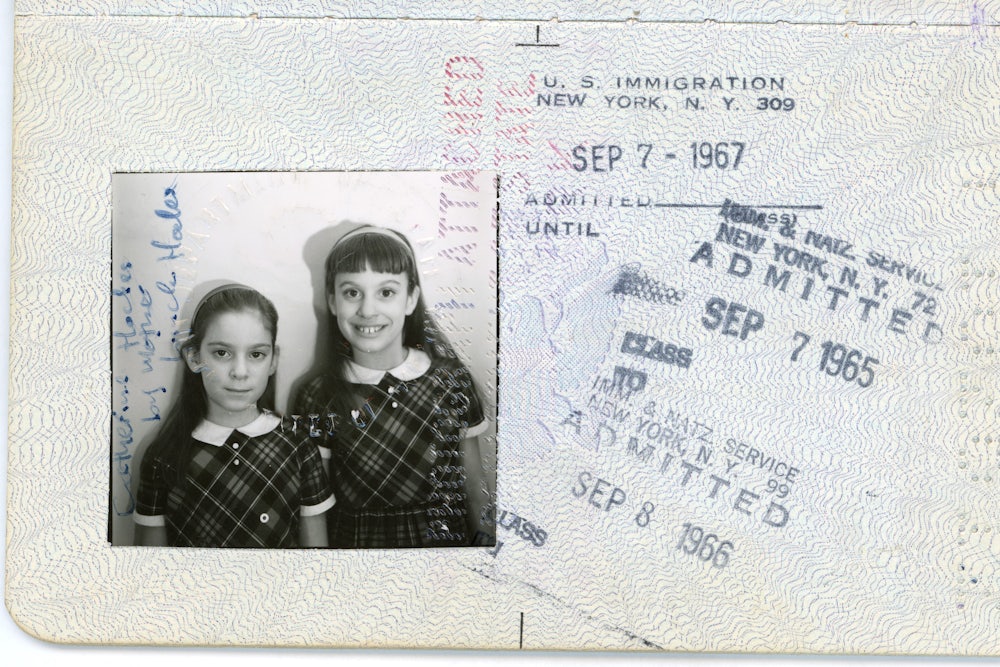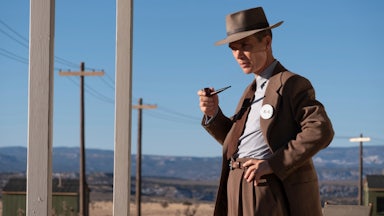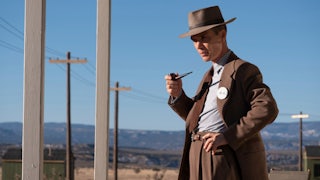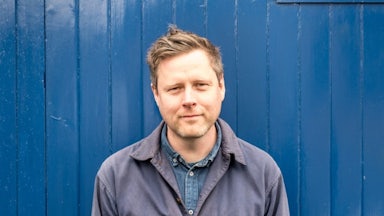Memory, more than any of the other cognitive processes, is a mystery. There is, to start, no single thing, structure, or process that is memory. Short-term memory seems to comprise multiple forms: extremely short-term sense memories, some auditory and some visual and spatial, regulated by some kind of central attention or executive function. Long-term memories are now usually categorized as “declarative”—so-called conscious memory, which includes both semantic memory (the recall of facts and figures, for example) and episodic memory (the recollection of scenes, images, events, experiences)—as well as procedural, unconscious memories: how to write the alphabet; how to play a scale on the violin. Without them, operating together, we could not drive a car, recall that the capital of Pennsylvania is Harrisburg, relive our first kiss.
But despite great advances in neural imaging and neuroscience and psychology, with more information than ever before about how and where memories are formed, processed, and maintained in the brain, we remain frustratingly ignorant about what they really are, about why we remember some things in exquisite and explicit detail while others remain hazy; about why some traumas seem to sharpen episodic memory and render it more precise, while others dull specific memory and even make us forget incidents entirely; about why we can so easily recall certain names, faces, and dates while others quickly escape us; about why we are so universally prone to confabulation, remembering particular details of events, or even whole events, that never happened, feeling sure that we have previously met people who turn out to be strangers or entirely forgetting people we had known for months and years.
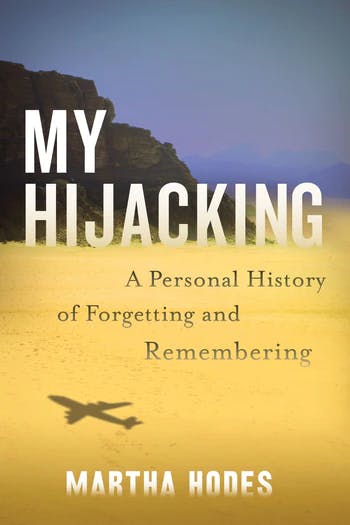
I can remember, for example, with extreme certainty, that I once had a pet chameleon, when I was in elementary school, perhaps 8 or 9 years old. I can recall its little terrarium, the blue vented plastic lid with the hinged door in the center, the heat lamp, the piece of preserved wood on which the reptile rested. I can recall feeding it crickets. And I remember—and this very specifically—the gruesome manner of its death. It had refused to eat for days, and then one of its eyes fell out, sloughing like jelly from the poor creature’s face. And then it ate its own eye. And then, the next morning, it was dead.
My mother assures me that this never happened, that in fact I never had a chameleon, although I did have a hamster when I was a bit older, alongside our family cat, Socks. Yet by the same token, she remembers things about my childhood—games my brother and I invented as children, friends I had at school, times I was sick—that I do not.
And what about more significant memories, more meaningful incidents: happenings of greater personal trauma and historical import than any that I ever experienced? What happens to a person, to a child, and to their memories, when they are swept up in the maelstrom of real human events, the hinges on which history and politics creak and turn? Are they necessarily spared the haze and uncertainty that we all experience when trying to remember our own lives? And, if not, can they reconstruct their own past, using the tools of history and journalism, in a way that recreates the immediacy, the sense, of personal memory? Or are these investigatory tools, however sophisticated, however sharply honed, mere approximations? Can we teach ourselves to remember something we forgot?
These are questions that the historian Martha Hodes sets out to answer in her new book, My Hijacking: A Personal History of Forgetting and Remembering. It is an extraordinary task, in part because the hijacking in question was—is—such an extraordinary event. In 1970, when she was 12, Hodes and her older sister, Catherine, were en route home from a summer spent visiting their mother in Israel. After stops in Athens and Frankfurt, their plane was hijacked by the Popular Front for the Liberation of Palestine, or PFLP, one of four simultaneous hijackings on September 6 of that year, and diverted to the Jordanian desert, where Martha and Catherine and the other passengers and crew of the flight were held hostage for a week, as various nations and factions tried to secure their release. It was one of the most spectacular and indelible acts of terrorism in an era awash with spectacular acts of political violence by state and nonstate actors alike. But as an adult, Hodes found that it had hardly left an impression on her at all.
This event—an extraordinary and dramatic political act, a terrifying and surely deeply traumatizing experience—seemed not simply to have dimmed with the passage of decades but to have swiftly evaporated from Hodes’s memory, even as a child. In part, she speculates, this was the outcome of living in an era with no counselors, no debriefings, no processing of the trauma, and with more primitive ideas about harm and resilience: a seeming desire among parents, among teachers, to allow the sisters to draw a curtain on the awful experience and move on with their lives, as if the incident could “entirely disappear.” But there was media and academic attention; both girls gave subsequent comments and interviews, and so it is puzzling—to Hodes most of all—that although she became a somewhat nervous (but by no means infrequent) flyer, the experience largely just went away, lost like so many other hazy experiences in the churn of childhood.
It was only decades later, after 9/11—another spectacular act of political violence that Hodes also recalls experiencing in a daze—with its obvious echoes of earlier airline terrorism, that Hodes began to find herself reflecting with more frequency on the events of that prior September in 1970. Still, it was several years before she brought it up to her sister.
Close as we had been as children, Catherine and I often struggled as grown-ups to maintain the intimacy that helped us survive back then. Did the hijacking have anything to do with that? Catherine hadn’t thought about it “for years and years,” she told me, “almost as if it was insignificant or didn’t happen,” but after 9/11 she too had found herself thinking and talking about it more than in all the years before. Sometimes, when she did, she would shake or have trouble breathing.
That’s when I realized how little I remembered.
Hodes sits down to write what she can remember, and finds her impressions “haphazard and jumbled, confusing and chaotic.” She remembers sensations but not events; feelings but not actions. How, she wondered, was it possible that she remembered “so little”? How could something so momentous leave so little obvious mark on her consciousness? And so, with the tools and tradecraft of a professional historian, she attempts to find out.
Hodes calls the book a “personal history” rather than a memoir, and that is apt. If memoir brings the devices of fiction to the task of autobiography, then Hodes has brought the instruments and procedures of historical biography to her own personal narrative. The fact that she remembers so little and that her own contemporaneous account—a child’s (albeit a precocious child’s) journal and a few letters—is both parsimonious and, she discovers, inaccurate in the way that budding literary stylists’ juvenilia often is, makes the task of reconstruction more akin to the type of biographical-historical work that Hodes is known for.
By the same token, though, the book does grapple with the formation and alteration of memory in a way that a straightforward autobiography might not. It peels the onion rather than moving in a strictly linear fashion, going over the same events, people, and information in a series of repetitions and variations on the same episodes, pulling back layers of perceptions from the superficial to the more personal, adding context as it goes. It sometimes draws back. What were her parents doing (divorced; her father in the United States, her mother in Israel with her second husband)? Her teachers? Her friends? The authorities? It sometimes plunges in: the horrifying details of the hijacked passengers being separated, Jews from non-Jews, it seemed (though later turned out to be more complicated)*; the surprising intimacies of the captive passengers playing games with their captors in the desert outside the plane. These are not things that Hodes remembers, necessarily. Many of them are discoveries she makes, speaking or corresponding with other survivors, digging into archival materials and passenger narratives. She even finds that other captives whom she does remember distinctly have very little recollection of her and her sister at all. She is not the only one on whom the uncertainties and discontinuities of memory have impinged over time.
Hodes’s previously best-known work was The Sea Captain’s Wife: A True Story of Love, Race, and War in the Nineteenth Century, an unusual and fascinating tale of the complex interactions of gender, race, and class mobility in North America and the Caribbean in the years after the Civil War, and she demonstrates a keen and subtle eye for the race and class politics of everyone involved in the story. This is useful as personal detail. The subtle differences between her mother’s new life in Israel and her father’s more straitened circumstances in New York—where the young Martha is sometimes embarrassed to show friends her apartment—paint a compelling picture of a smart child on a knife edge of class distinction. Both her parents are artists—dancers and choreographers who worked with Martha Graham—and the family occupies an uncertain station between the wealthier social orders that patronize the arts and the more blue-collar world of actual artists and performers. I wondered at times if the prior trauma of her parents’ separation, of their transcontinental artistic lives, a kind of bohemianism that was, in 1970, highly unusual, was itself a contributing factor in Hodes’s forgetfulness about that period—if her unconscious childhood efforts or desires to impose a sense of normalcy on a highly unusual family arrangement affected her other memories of that time.
This clear eye also helps her build up a picture of the hijackers, her captors. The PFLP was—unlike the image of religious fundamentalism that’s come to dominate Western impressions of “Islamic terror” in the twenty-first century—a secular, Marxist-Leninist and anti-colonial group, whom Hodes and some of the other passengers cannot help but sympathize with, at least partly. If their actions on the planes and their elision of Jewish identity and a Zionist political program are frightening and brutal, they also declared legible and comprehensible goals; it is, I think, to Hodes’s credit that she takes seriously the political aspirations of Palestinians and makes plain how these aspirations, confronted with the overwhelming power of nation-states, can lead to acts of spectacular and theatrical political terror, like these hijackings. At one point, a hijacker observes that many of the Jewish passengers carry dual American and Israeli passports; they can return at will to two homes, the Palestinians to none. Even the putative villains of the story are allowed, in this measure, a voice.
My Hijacking is interspersed with quotations from Saint-Exupéry’s The Little Prince, a book with which Hodes was obsessed the summer before her captivity. Although the literary comparison is at times a bit pat—another story of an aviator wrecked in an underpopulated desert—the book’s evocation of adult literalism in the face of the more capacious imagination of children is nonetheless a fascinating juxtaposition here, since Hodes’s adult project is at least in part an effort to recover a literal series of events from what seems to her a frustratingly vague remembrance of what actually transpired on that plane and afterward, at a hotel in Amman after her release, and then on her successful trip back to New York in the aftermath.
She did write about the return in her journal.
In my best Holden Caulfield imitation, I wrote that everything fit into my suitcase “except for this one goddamn shoe.” Only when I wrote about Lod Airport did an unfiltered scrap intrude. “There were these steps with a big ‘Bon Voyage’ sign hanging over them, I wrote, admitting, “How I hated those steps!” while neglecting to explain that this was the place where my mother always put on her sunglasses when she had to say goodbye to us. (“Flowers are so inconsistent!” said the little prince. “But I was too young to know how to love her.”) My next sentence mixed honesty with distance: “There were tears and hugs and kisses, while the stewardess who was taking charge of us just stood there patiently waiting.” The description is elusive, and rereading it so many years later, I have no memory of Catherine or me ever crying when we said goodbye to our mother. I ended my entry this way: “And finally we went up those fucking stairs.”
I underlined the last sentence twice and jotted in my notes: alternative title. It is so precise, with a girl’s unsentimental lack of nostalgia and a hint of steeliness: a mind both exhausted and toughened by the ordeal of the last couple of weeks, priming itself to move on and to forget.
In the end, it is unclear to me as a reader—as I think it is to Hodes as an author—whether this investigatory project, this exhumation of a half-remembered past, does help her to remember. She now knows what happened to her, to the other passengers, to the crew, to the hijackers, or at least knows something about what happened to them, but is that the same thing as remembering it? Is there something ineffable about experience that cannot be captured by historical interrogation of the past?
Yes, I think. The last several decades of American life, punctuated by the attacks of 9/11, our monstrously violent and ill-aimed military response, and a growing incidence of domestic terrorism that we insistently and clinically call “mass shootings,” have seen wide vacillations between dourly insistent memorialization and blithe self-reassurances that this—whatever the most recent tragedy—“does not define us.” There is a small but increasing population of Americans who have experienced multiple mass casualty events, and a growing awareness that these acute traumas have lifelong impacts on well-being. At the same time, both personal recollections and received narratives of many of these events—from Columbine to the Boston Marathon bombing—have come in for historical debunking, as contemporaneous narratives and individual memories have proven to be less accurate and more malleable than we might like to assume, or to accept.
There are things that the writing of history cannot capture, and even the details that we forget can wound us in ways we carry long after they occurred. The historian’s task is not just to record contemporaneous accounts, impressions, and reactions—less yet to casually reify them—but also sometimes to correct them, and to apply to the painful past an intellectual and moral rigor that the shocks of the present do not always or necessarily allow.
* This article originally misstated the sorting of the hijacked passengers.
